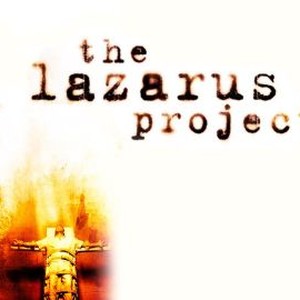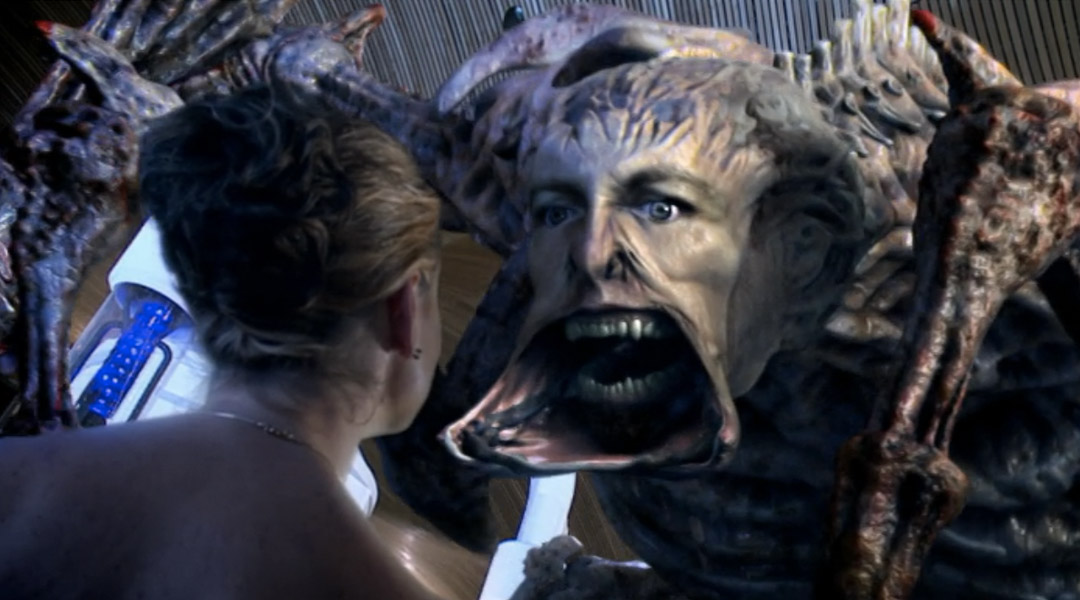
L’emploi de la photographie ainsi que l’assemblage d’histoires de vies différentes au sein d’un même dispositif photo-narratif sont susceptibles de transcender l’impossibilité déclarée de toute représentation d’une expérience collective traumatique.

En effet, la thanatographie offre un point de départ pour que l’écrivain puisse tout à la fois évoquer son expérience traumatique personnelle et promouvoir un sentiment d’identité collective que crée l’expérience partagée des victimes. De façon significative, cette approche (auto)biographique émane d’une œuvre photo-textuelle, c’est-à-dire d’une combinaison dans laquelle photographie et fiction se complètent réciproquement. The Lazarus Project d’Aleksandar Hemon (2008), composé d’une autobiographie déguisée et d’une biographie fictive, présente un exemple éloquent du modèle proposé par Leigh Gilmore : la construction d’un récit (auto)biographique de trauma provient souvent d’un individu racontant les expériences des autres.

Ainsi, ce dispositif pourrait relever le défi de traiter un événement prétendument irreprésentable en établissant, dans le même temps, un nexus d’affiliations entre des sujets traumatisés, sans tenir compte des spécificités spatiotemporelles. At the same time, the employment of the privileged medium of photography and the juxtaposition of life stories performed, both verbally and pictorially, allow for Hemon’s fiction to transcend the professed impossibility of representing a collective traumatic experience, as they render trauma life-writing possible through the photo-textual inscription of the death of the other.Ĭet article se propose de discuter l’autopathographie photo-textuelle comme un dispositif narratif qui témoigne des façons dont des expériences traumatiques se lient entre elles, à la suite de la suggestion de Cathy Caruth : “one’s own trauma is tied up to the trauma of another” ( Unclaimed Experience 8). As this paper will argue, thanatography offers a starting point for the writer to address, perhaps even reclaim, his own traumatic experience and foster a sense of a collective identity marked by a history of victimhood. Significantly, these (auto)biographical gestures are performed in photo-textuality, in other words the combination of written text and photography-and its particular, as per Barthes, relation to death-in a relationship of reciprocity and complementarity.

Aleksandar Hemon’s The Lazarus Project (2008) consists in a disguised autobiography and a fictional biography, and constitutes an eloquent example of Leigh Gilmore’s suggestion that life-writing trauma is often performed by an individual narrating their life story through the experience of others. This paper wishes to discuss photo-textual autopathography as a narrative model that testifies to the ways in which, as per Cathy Caruth, “one’s own trauma is tied up to the trauma of another” ( Unclaimed Experience 8), and may thus respond to the challenges of addressing an allegedly unrepresentable traumatic experience, while establishing a nexus of affiliations between different traumatized subjects irrespective of spatiotemporal specificities.


 0 kommentar(er)
0 kommentar(er)
